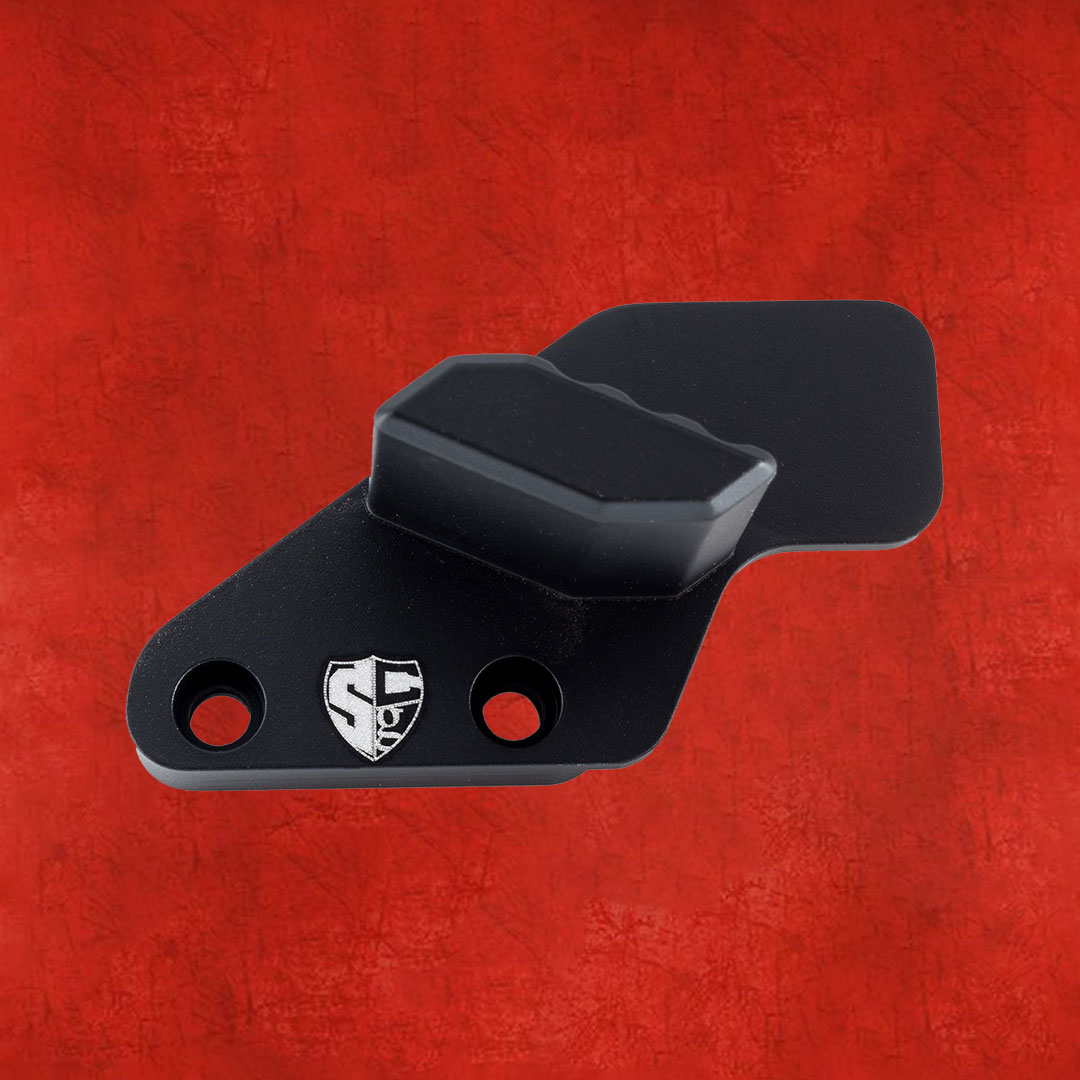Question.
When I shoot my rimfire pistol (with a red dot) I am trying for maximum accuracy. I mean, aren't we all? Think of it like "2 handed bullseye".
But I am trying to be serious about it, and experimenting with different ways of holding the gun to steady down the dot. Sometimes it is really dancing all over the bullseye.
Sometimes I use the current "both arms locked out, 2 thumbs fwd" style I use with my Glock 17. Sometimes I try bringing my uppers arms into contact with my body. Sometimes I do the old fashioned "cup the base of the grip with support hand" style of 2 handed grip. Nothing much seems to help consistently. Sometimes I take a long time between shots, sometimes I feel like I get slightly better results "rushing a bit".
I've got a pretty light trigger (little north of 2 lbs), and I notice sometimes even with that the dot jitter gets worse as I am squeezing the trigger.
So, for those of you with rimfire pistols dedicated to accuracy (tricked out Rugers/Buckmarks/etc), what are your tips for steadying down the sights?
When I shoot my rimfire pistol (with a red dot) I am trying for maximum accuracy. I mean, aren't we all? Think of it like "2 handed bullseye".
But I am trying to be serious about it, and experimenting with different ways of holding the gun to steady down the dot. Sometimes it is really dancing all over the bullseye.
Sometimes I use the current "both arms locked out, 2 thumbs fwd" style I use with my Glock 17. Sometimes I try bringing my uppers arms into contact with my body. Sometimes I do the old fashioned "cup the base of the grip with support hand" style of 2 handed grip. Nothing much seems to help consistently. Sometimes I take a long time between shots, sometimes I feel like I get slightly better results "rushing a bit".
I've got a pretty light trigger (little north of 2 lbs), and I notice sometimes even with that the dot jitter gets worse as I am squeezing the trigger.
So, for those of you with rimfire pistols dedicated to accuracy (tricked out Rugers/Buckmarks/etc), what are your tips for steadying down the sights?










